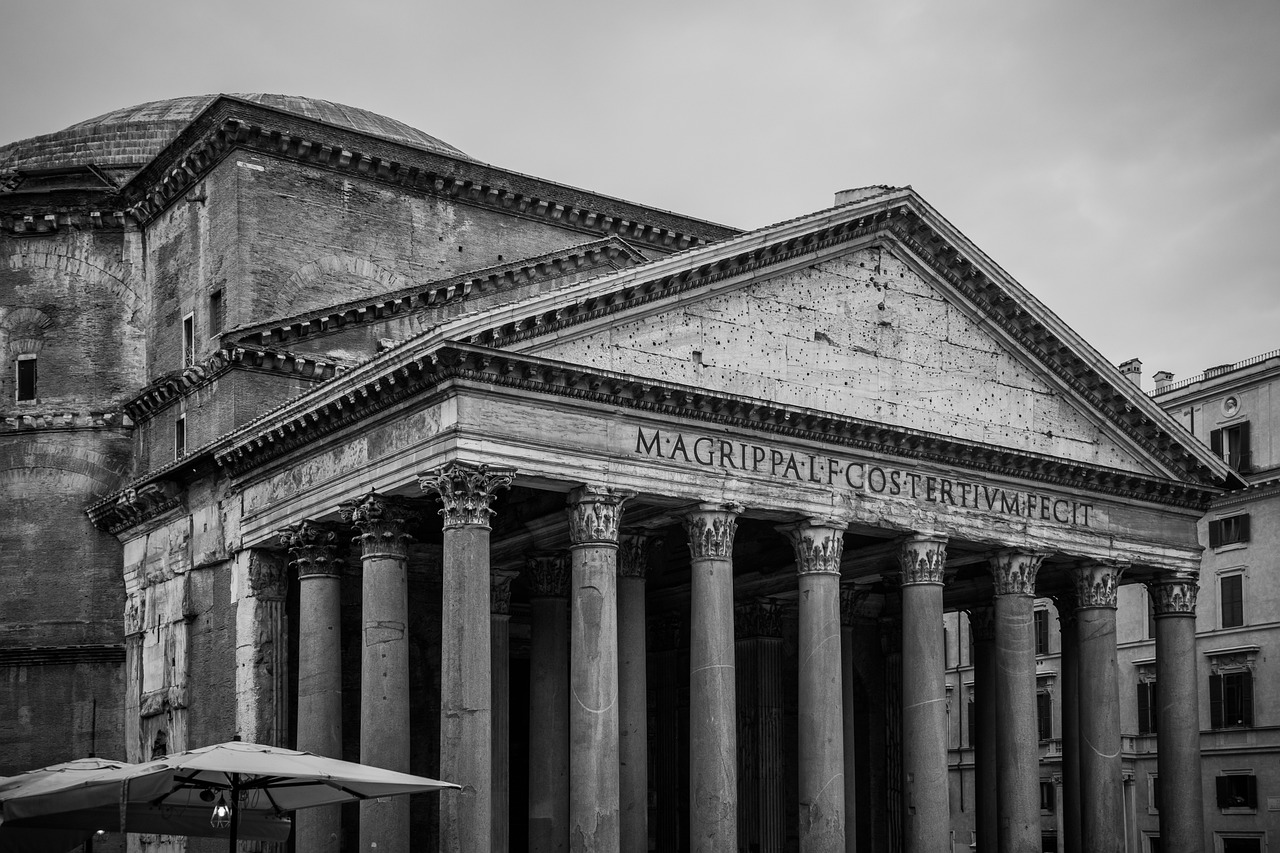Jupiter: The Supreme God of Roman Mythology
Overview
Jupiter, also known as Iuppiter, stands as the foremost deity in Roman and Latin mythology, recognized as the god of sky, weather, and justice. He embodies the principles of order, state authority, and the Roman Empire. His mythological traits and artistic portrayals closely parallel those of the Greek deity Zeus, although the two were worshipped through separate cults and traditions. Jupiter is often depicted as a robust, paternal figure, brandishing thunderbolts and a scepter, with his principal temple located on the Capitoline Hill in Rome.
Jupiter’s Greek Counterpart
In the Roman pantheon, Jupiter is equated with the Greek god Zeus, who presides over the Greek pantheon. Although much of Jupiter’s mythology and symbolism is borrowed from Zeus, each god maintained distinct cult practices native to their cultures.
Worship Practices of Jupiter
The worship of Jupiter was concentrated primarily at the temple of Jupiter Optimus Maximus on the Capitoline Hill. Here, he formed the central figure in the “Capitoline Triad” alongside Juno and Minerva. His veneration included elaborate offerings, festivals, and games. These celebrations often featured grand sacrifices reflecting the significance of Jupiter in Roman society.
Jupiter and Numa
Despite many of his myths mirroring those of Zeus, Roman lore does include several legends emphasizing Jupiter’s role in early Roman history. One such narrative involves Numa Pompilius, who invoked Jupiter to instruct him on proper worship practices. In exchange, Jupiter imparted a spell to help Numa avoid lightning strikes.
Roles and Powers
Jupiter’s domain extended beyond mere weather conditions; he was regarded as the overarching authority of cosmic and societal order. As the god responsible for divination, he assured that omens foretold particular events accurately. Jupiter also held sway over political structures, marriage ceremonies, and treaties, tying him closely with the governance of the Roman state. He shared associations with Mars, the god of war, overseeing battles without directly engaging in them.
Attributes of Jupiter
Jupiter is most characteristically associated with the thunderbolt, symbolizing his might as the weather deity. Other symbols linked with him include the scepter, patera (a ceremonial dish), and a silex (a type of flint). Often depicted mounted in a quadriga—a chariot pulled by four horses—he is also linked with white animals, notably white bulls used in sacrificial rites.
Iconography of Jupiter
Artistic representations of Jupiter often portray him in a standing position, draped in a cloak, wielding a scepter, and a thunderbolt. Additional depictions show him sitting alongside Juno and Minerva, and sometimes with Victoria, the goddess of victory. Some portrayals illustrate Jupiter navigating a chariot, reinforcing his stature as a supreme deity.
Etymology and Pronunciation
The name Jupiter originates from Latin “Iūpiter,” evolved from combinations of Indo-European terms meaning “sky” or “day” and “father.” This etymology closely parallels the nomenclature of Zeus in Greek tradition, emphasizing both gods’ kinship in the wider Indo-European mythological landscape.
Titles and Epithets
Jupiter bore numerous titles reflecting his diverse roles, ranging from Optimus Maximus to various epithets highlighting his associations with light, war, and agriculture. Some of his titles also connect him to specific cultural regions and other gods, emphasizing his importance in Roman religious practices.
Family Connections
Jupiter’s mythology includes many familial ties derived from his Greek counterpart, Zeus. He is the son of Saturn and Ops, with siblings defined similarly through Roman adaptations. Notable figures such as Juno and Mars appear as his consort and offspring, respectively, showcasing consistency in naming deities from Greek to Roman mythology.
Mythological Origins
The narrative of Jupiter’s rise parallels that of Zeus, as he succeeded his father Saturn. This succession story, while influenced by Greek tradition, demonstrates variations that reflect Roman values, notably the peaceful Golden Age attributed to Saturn’s reign.
Jupiter’s Dominance and Mythic Tales
Jupiter’s account in Roman mythology is marked not only by his governance but also by tales of love and conflict, mirroring Zeus’s legendary escapades. Roman sources depict him as a figure of both romantic desire and divine authority, as seen with his numerous affairs that led to notable offspring tied to Roman mythical heritage.
Jupiter and the Foundation of Rome
Jupiter is central to Rome’s creation myth, notably through Aeneas, the Trojan hero celebrated in Virgil’s narratives. The deity’s role emphasized his guidance and influence over Aeneas’s journey to establish a new home in Italy, positioning Jupiter as pivotal to Roman identity.
Kings of Rome and Jupiter
Numa Pompilius’s teachings on the proper veneration of Jupiter established essential worship practices. His adversities with kings like Tullus Hostilius highlight the critical relationship between leadership and divine favor, setting the stage for future kings to observe and adhere to Jupiter’s expectations.
Temples and Festivals
The temple of Jupiter Optimus Maximus is a key symbol of his significance, having housed his cult for centuries. Various festivals celebrated Jupiter, including the Ludi Romani and the Feriae Latinae, emphasizing the god’s essential role in Roman unity and agricultural success.
Priestly Duties and Foreign Influences
The flamen Dialis, the high priest of Jupiter, exemplified the ceremonial significance of the deity, embodying the intertwining of religious practice and state authority. Moreover, Jupiter’s adaptability in assimilating foreign deities and customs represents a broader trend in Roman mythology, rooted in cultural syncretism.
In modern times, Jupiter primarily resonates through scientific naming conventions and popular expressions, though adaptations of his mythology often favor the narrative of his Greek counterpart, Zeus, reflecting cultural preferences in the interpretation of these classical figures.



